Drums serve both as musical instruments and as signals to announce festivals and activities in the village. In traditional village houses, there are always drums of various sizes placed on stands, which the villagers bring out to use when needed.
The Co Tu people have three different types of drums: the large drum called k'thu, cha gơr bơh; the medium drum called pâr lư; and the small drum called char gơr katươi. The drumhead is made from goat skin or deer skin because these types of skin are very thin, allowing the drum to resonate; buffalo or cowhide is rarely used because it is too thick and the drum will not sound good. Old rattan ropes, 20-30 meters long, are selected from the best sections to tension the drumhead. The drum body is made of good quality wood. The large drum produces a resonant sound when played, while the smaller drum provides rhythm and accompaniment. Drums are often used to harmonize with gongs, keeping the rhythm for group dances.
 |
| The rhythmic drumming fills the air in front of the traditional Co Tu village houses. |
The Co Tu people do not use the word "gong" like the people of the Central Highlands, but instead use the term "drum and gong" to describe this unique form of performance. After the drum and gong rhythm resonates "tung...tung," "tang tang," "tu...tu," "tiing toang...", the girls always step forward first to perform the dance movements, followed by the men and boys.
Women lead the way, followed by men. If the dance is performed in a large group, the inner circle is women and the outer circle is men, symbolizing the protection men provide for women. A fundamental characteristic of Katu dance is the combination of male and female dancers within a single dance formation.
Alongside the women performing the da'dă dance, the men participate in the festival dance with the tân'tung dance, forming a complete dance formation that the Cơ Tu people call Tân'tung da'dă (which has been included in the National Intangible Cultural Heritage list). Leading the dance formation are village elders, artisans playing horns and bamboo flutes, and some people playing gongs and drums. Everyone dances in a circle and moves counterclockwise to the vibrant, lively rhythm of the drums and gongs, bringing the vast mountains and forests to life.
Tân'tung originates from the sound of the drum, one of the two main musical instruments for the traditional Cơ Tu dance. The drum is both a musical instrument and a weapon associated with men and the wars to protect their villages in ancient times. Tân'tung is a dance for men, with feet stepping sideways (not forward as in normal walking) and the body constantly rotating in rhythm with the up-and-down waving of the arms…
The men's dance depicts and recreates a hunting scene, a victory dance that expresses the martial spirit of the Co Tu people, harmonizing with the women's harvest prayer dance. When participating in the festival dance, in addition to the cloak from back to shoulder, from shoulder to stomach, and the T-shaped loincloth, the dancers also carry a basket (ta leo), and weapons of ancient warriors such as shields, swords, bows and arrows, or spears.
During the dance, they sometimes leap forward, thrusting spears and lances straight ahead; sometimes they leap backward, crouching low to support their shields. At other times, they jump sideways to observe their targets and hunting animals. The Tan'tung dance movements of the men, with their lively intensity and rhythm, express their robust strength, bravery, and heroism.
 |
| A performance of the Chăm Hroi ethnic group's double drums. |
The Cor people are famous for their gong-fighting performances, in which the drum plays a very important role. The instruments used in the gong-fighting performance include two gongs (chech) and one drum (a-gol). Only three people participate in the gong-fighting: one uses the "wife" gong, another uses the "husband" gong, and a third person plays the drum, acting as a referee to keep the rhythm and encourage both sides. The Cor people consider gong-fighting a unique art form, reserved only for young, strong men with sufficient physical strength and musical talent. This is because the gong-fighting style resembles martial arts, showcasing the strength, agility, and quick wit of the participants. With the double gong-fighting performance, the musical timbre becomes even more unique. The performers are both skilled musicians and physically fit enough to perform powerful movements like martial artists. The performers demonstrate a spirit of chivalry combined with the demeanor of an artist, captivating the audience and encouraging them to give their best performance.
In traditional festivals such as buffalo sacrifice ceremonies, weddings, and health celebrations, the Cham-Hroi ethnic groups (Van Canh commune, Gia Lai province), and the Cham-Hroi and Bhanar ethnic groups (Dong Xuan and Xuan Hoa communes, Dak Lak province) often use three sets of three gongs, three sets of double drums, and three sets of five cymbals. When performing, these instruments are arranged as follows: the set of three gongs comes first, followed by the double drums, and finally the five cymbals. During the performance, the sounds of the gongs, drums, and cymbals intermingle in a rhythmic manner, sometimes lively and boisterous, sometimes calm and melancholic. The soul of this majestic harmony is the double drum dance (K'toang). The double drum performers not only play but also dance with highly skilled and precise movements. They look at each other with joyful faces, their bodies graceful, and their steps firm and agile. The double drum is a vibrant and captivating performing art that embodies the soul and spirit of our nation.
It can be said that drums are musical instruments closely associated with the spiritual and cultural life of the ethnic groups in the Truong Son - Tay Nguyen region, and are an indispensable component of their intangible cultural heritage such as music , singing and dancing, and traditional festivals.
Source: https://baodaklak.vn/van-hoa-du-lich-van-hoc-nghe-thuat/202510/trong-chieng-am-vang-ngay-hoi-90c1cf0/













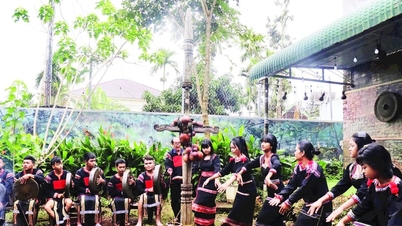



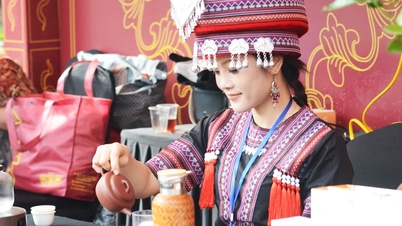

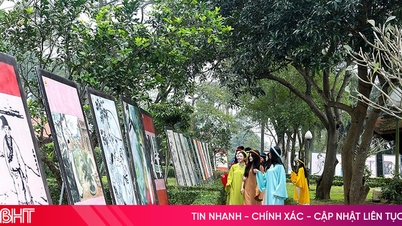






















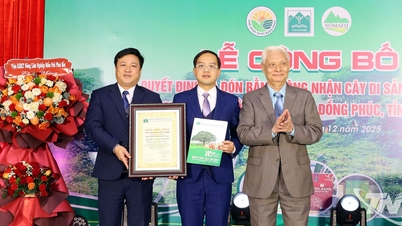





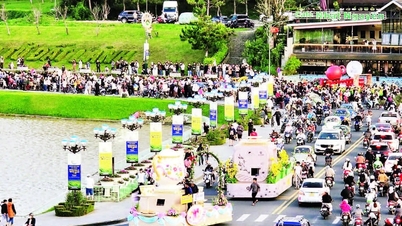






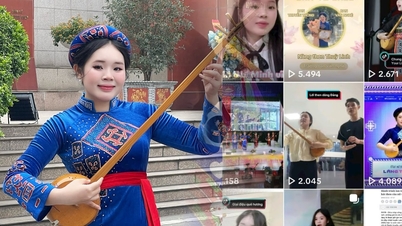

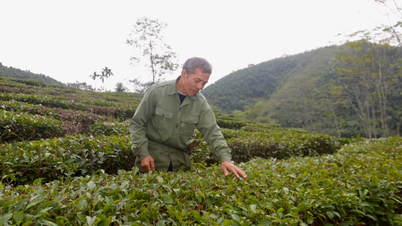




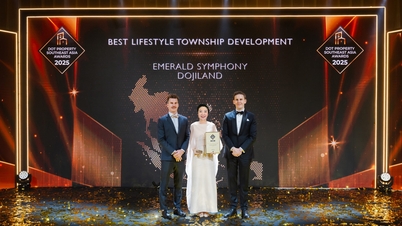

















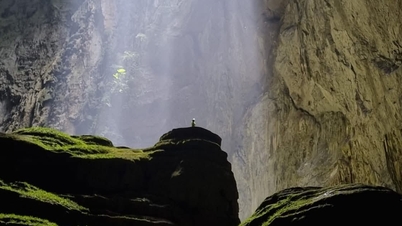










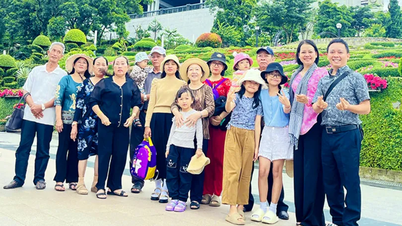

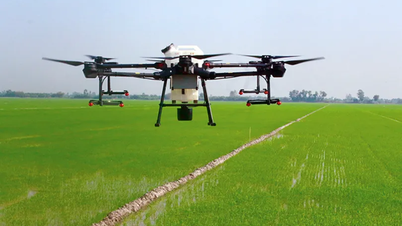
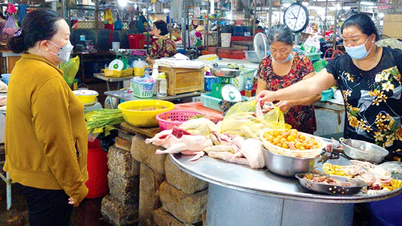

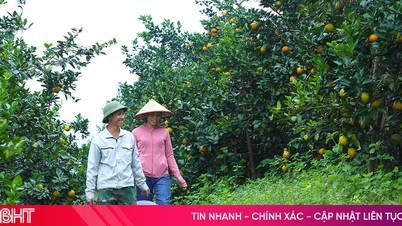
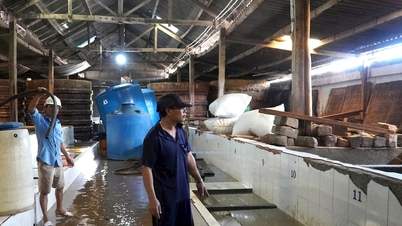












Comment (0)